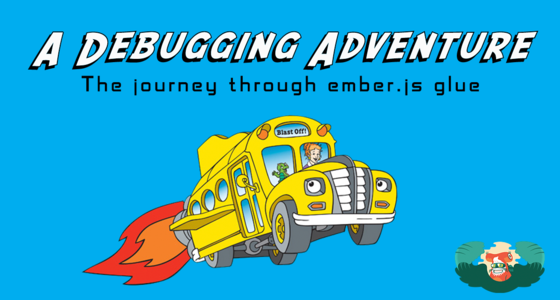Abstract
In this talk, we'll first look at a couple areas of the Ember framework that we typically don't end up touching. We'll first take a trip through the application and registry objects, touching on the changes around the recently-added Ember.getOwner API. We'll discuss initializers and instance initializers -- the most common place to make an adjustment to these kinds of objects. We'll leave listeners with a methodical process for debugging container-related issues
Next, we'll take a look at how Ember finds ES6 modules in particular places using the Resolver. If you get a "module not found" error, where can you look to see all registered modules in your app? How can we add a new ES6 module to our project? How can we ES6-ify a global or a named AMD module?
Finally, we'll look at Broccoli Ember-CLI's asset pipeline. We'll build a simple broccoli plugin that adds a copyright notice and a "build date" comment to the top of your production JavaScript assets, in less than 10 lines of code. We'll use broccoli-stew to get some visibility into what's going on in our app's build pipeline.
